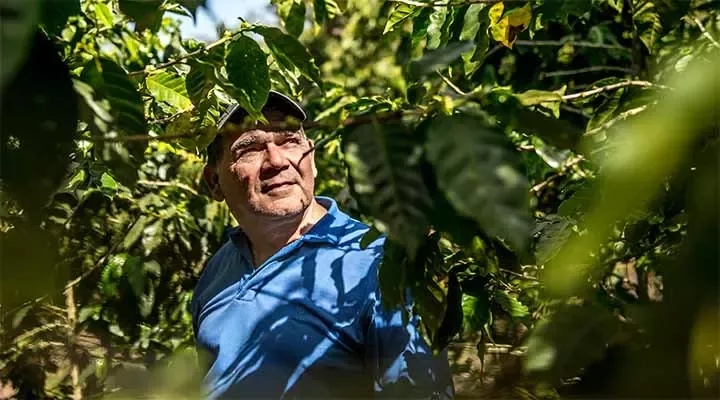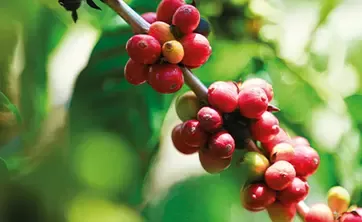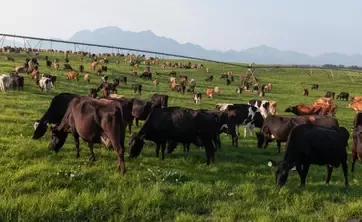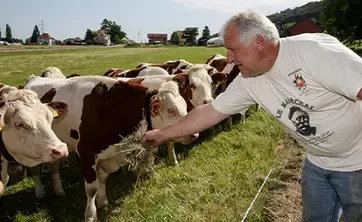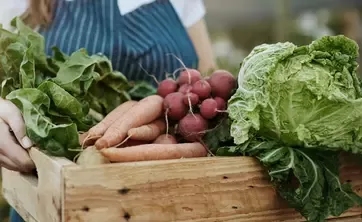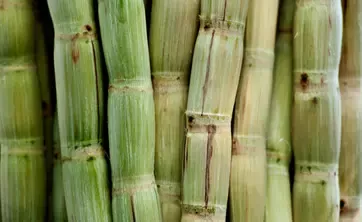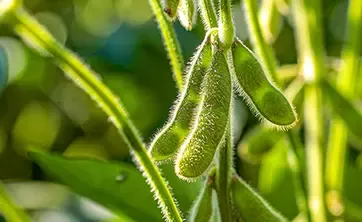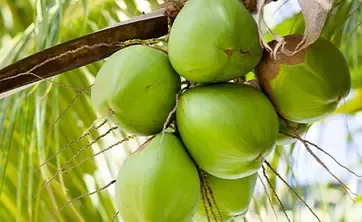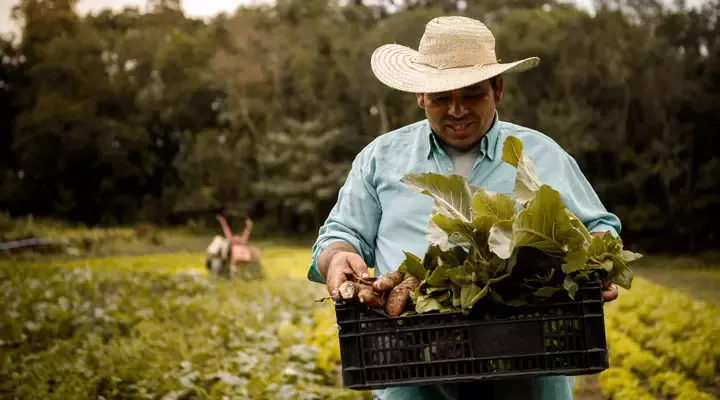Our approach to responsibly sourced raw materials

At the heart of good food is the quality of the ingredients, the soils and ecosystems in which they are grown, and the conditions of the people who produce them.
We aim to source ingredients that are traceable and which have been produced using methods that foster practices detailed in our Responsible Sourcing Core Requirements.
Enabling a path toward responsible sourcing
Our approach to responsible sourcing
Our approach to responsible sourcing aims to help build the foundations to advance regenerative food systems at scale. Our work is designed to work toward compliance with our Human Rights and Environmental Due Diligence (HREDD) and delivery of positive impacts on people, nature and climate in Nestlé’s sourcing origins.
Responsible sourcing applies to 14 key ingredients, representing 95% of our annual sourcing by volume, and builds on our Responsible Sourcing Core Requirements (pdf, 2Mb), which sets out non-negotiable requirements and ways of working with our direct suppliers. Our 14 key ingredients are: cereals and grains; cocoa; coconut; coffee; dairy; fish and seafood; hazelnuts; meat, poultry and eggs; palm oil; pulp and paper; soy; spices; sugar; and vegetables.
Once fully implemented, responsible sourcing will ensure that for our 14 key ingredients:
- The material is traceable back to its origin
- Human Rights and Environmental Due Diligence (HREDD) systems are in place at the direct supplier level
- The volumes Nestlé buys through its direct suppliers are compliant with the Nestlé Responsible Sourcing Core Requirements at production level
Our responsibly sourced KPI measures the performance of volumes at origin level against our Responsible Sourcing Core Requirements. For our reporting, a material is responsibly sourced either when it can be traced to low-risk countries or when it has been assessed as compliant with our Responsible Sourcing Core Requirements through one of the following means:
- Certification or verification
- Second or third-party farm assessments
- On-the-ground programs in which Nestlé directly works with producers (e.g., Nestlé Cocoa Plan, Nescafé Plan or Nespresso AAA Sustainable Quality™ Program).
From 2025, we will also assess our Tier 1 suppliers’ Human Rights and Environmental Due Diligence – taking into account their systems, processes and progress in improving these areas.

The four key pillars to our approach
-
Environment Our Responsible Sourcing Core Requirements includes requirements to identify and mitigate environmental effects and to minimise their impacts.
We remain focused on achieving and maintaining assessed deforestation-free status for meat, palm oil, pulp and paper, soy and sugar, where we have already made progress. We aim for our primary supply chains for coffee and cocoa to be assessed deforestation-free by 2025.
Through our Global Reforestation Program, we also aim to grow millions of trees by 2030 as part of 16 landscape-level initiatives around the world.
-
Human rights Our work on responsible sourcing is designed to work toward compliance with Human Rights and Environmental Due Diligence (HREDD), which also requires suppliers to cascade down to the next tiers of the supply chain.
We have also developed dedicated action plans to address our salient human rights issues throughout our value chain. The action plans are central to putting our Human Rights Framework and Roadmap into practice.
-
Animal welfare In dairy, we use advanced sensors and monitoring techniques to check the well-being of the cattle providing our milk. Introducing more multispecies pastures and grazing models allows cows to graze outdoors for longer periods of the year.
Our aim is to source 100% cage-free eggs. In certain locations such as Latin America and China, there is not sufficient supply to meet our needs. We will continue to work with suppliers to develop in-country resources and source cage-free when available.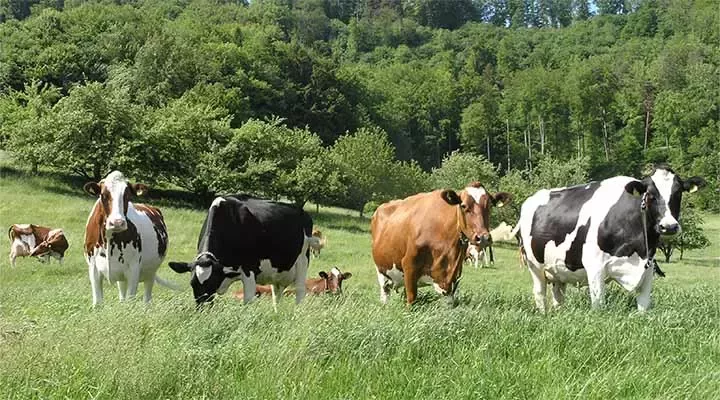
-
Transparency We are committed to transparency. Improving the traceability of the origins of our raw materials and understanding how they are produced is an important element of our responsible sourcing practices. Gaining visibility into our supply chain enhances our ability to monitor and improve suppliers’ environmental and social practices. As well as regular reporting across our value chain, we use new proven technologies that enable us to store and monitor information.
The level of traceability we have varies depending on the complexity of the supply chain. In our dairy and beef supply chains, almost three-quarters of our volumes have been traced to country of origin, and the majority of those are traceable to farm level. For the other ingredients under our Responsible Souring program, we are working to reach further levels of traceability, and our progress will continue to depend on the sourcing context.